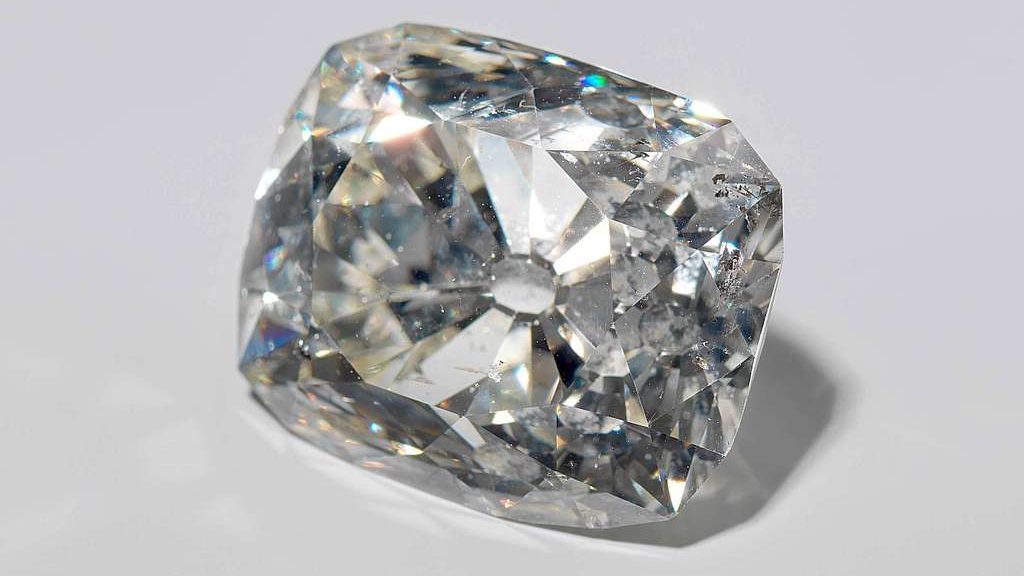Diamond are one of the most sought-after gemstones in the world, and their history is as rich and fascinating as their beauty. Diamonds are thought to have been formed billions of years ago, deep within the Earth’s mantle. They were brought to the surface through volcanic eruptions.
The world’s love of diamonds had its start in India, where diamonds stood gathered from the country’s rivers and streams. Some historians estimate that India traded diamonds as early as the fourth century BC. The country’s resources yielded limited quantities for an equally limited market: India’s wealthy classes. Gradually, though, this changed. Indian diamonds found their way, along with other exotic merchandise, to Western Europe in the caravans that traveled to Venice’s medieval markets. By the 1400s, diamonds were becoming fashionable accessories for Europe’s elite.
Diamonds also played an important role in ancient China. Chinese emperors believed that diamonds were tears of the gods, and they wore diamond jewelry as a symbol of their power and wealth. Diamonds are also used in traditional Chinese medicine and are believed to have healing properties.
Diamond Type
Is a method of scientifically classifying diamonds by the level and type of their chemical impurities. Diamonds are separated into five types: Type IaA, Type IaB, Type Ib, Type IIa, and Type IIb. The impurities measured are at the atomic level within the crystal lattice of carbon atoms and so, unlike inclusions, require an infrared spectrometer to detect.

Diamond Shape
There is a lot to take into consideration when comparing different diamond shapes. Diamond experts focus on quantitative measures (cost, carat, face-up size) and practical considerations (color and clarity recommendations, potential for chipping).
Round-Shaped Diamonds: Diamond shape refers to the outline of your diamond. It’s the physical and visual shape of the stone. Every diamond shape has unique attributes that impact its sparkle and overall look.
Oval-shaped diamonds: this elongated shape can create the illusion of a larger size while exhibiting a similar fire and brilliance. Oval diamonds are highly versatile and remarkably elegant.
Cushion-Shaped Diamonds: Soft rounded edges differentiate cushion-cut diamonds from more angular square or rectangular shapes. Refined over centuries from the old mine cut, cushion-cut diamonds are a timeless, romantic choice.
Princess-Shaped Diamonds: Known for their contemporary style and sparkle, princess-cut diamonds are the most popular fancy diamond shape.
Pear-Shaped Diamonds: Pear-cut diamonds feature a rounded edge tapering to a point at the opposite end, forming a symmetrical teardrop shape.
Emerald-Shaped Diamonds: Emerald cut diamonds are the most popular step-cut shape, treasured for their understated elegance and striking silhouette.
Marquise-Shaped Diamonds: Marquise-shaped diamonds feature dramatic pointed ends with a curved middle, creating a larger surface area than any other diamond shape.
Asscher-Shaped Diamonds: Asscher-cut diamonds are often compared to emerald-cut diamonds, but they have a softer and more rounded appearance.
Heart Heart-shaped diamonds: A popular choice for engagement rings and other jewelry because of their romantic symbolism. They are also a beautiful and unique type of diamond cut.
People have always been attracted to beautiful, rare objects. Diamonds have been treasured as gemstones since ancient times, and admired for their beauty, and people still think of diamonds as the ultimate luxury in jewelry. However, diamonds are valued for far more than their captivating beauty. Their unique physical properties make them prized above all other gems.
Writing Source: https://www.wikipedia.org

0 Comments